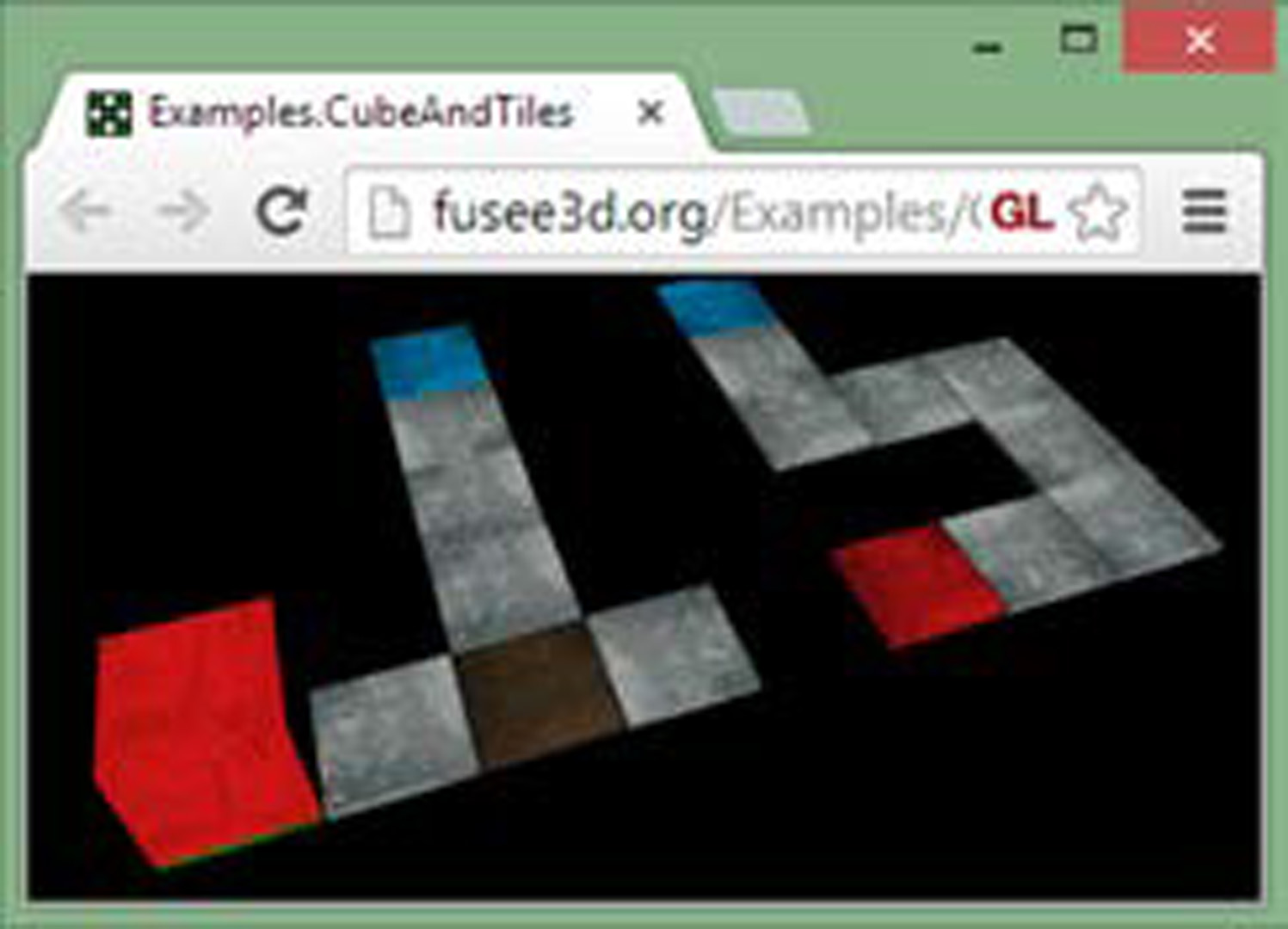“Cross-Compiled 3D Web Applications – Problems and Solutions” by Müller and Gärtner
Conference:
Type(s):
Title:
- Cross-Compiled 3D Web Applications – Problems and Solutions
Presenter(s)/Author(s):
Entry Number: 31
Abstract:
A number of projects, including our FUSEE engine, provide the means to cross-compile real-time 3D applications from more traditional programming languages such as C, C#, or Java into JavaScript/HTML5 in order to run those applications natively in web browsers. The current state of the FUSEE project shows that the use of a cross-compiler and an appropriate software architecture enables real-time 3D applications written in C# and on top of FUSEE to be automatically ported to plugin-free browser applications (see Figure 1). In some cases, however, the cross-compiled result suffers from limitations of the cross compiler, underlying libraries, or the JavaScript/HTML5 platform [Müller et al. in press].
In this study we identify the three most significant obstacles to cross-compiling arbitrary real-time 3D applications into equivalent counterparts of their native versions. Furthermore, we present our work in progress on approaches for addressing those obstacles.
References:
- Google Inc., 2001–2014. protobuf — Google Protocol Buffers: Google’s data interchange format — Google’s Project Hosting. Online: https://code.google.com/p/protobuf/.
- Müller, C., Gärtner, F., and Dik, D. in press. Portable 3D-browser-applications using cross-compiled programming languages. In Computational Science and Computational Intelligence, 2014 International Conference on, IEEE, The American Council on Science and Education. Unpublished Paper.
- The Khronos Group, Herman, D., and Russel, K., 2013. Typed Array Specification — Editor’s Draft (work in progress). Online: http://khronos.org/registry/typedarray/specs/latest/.






